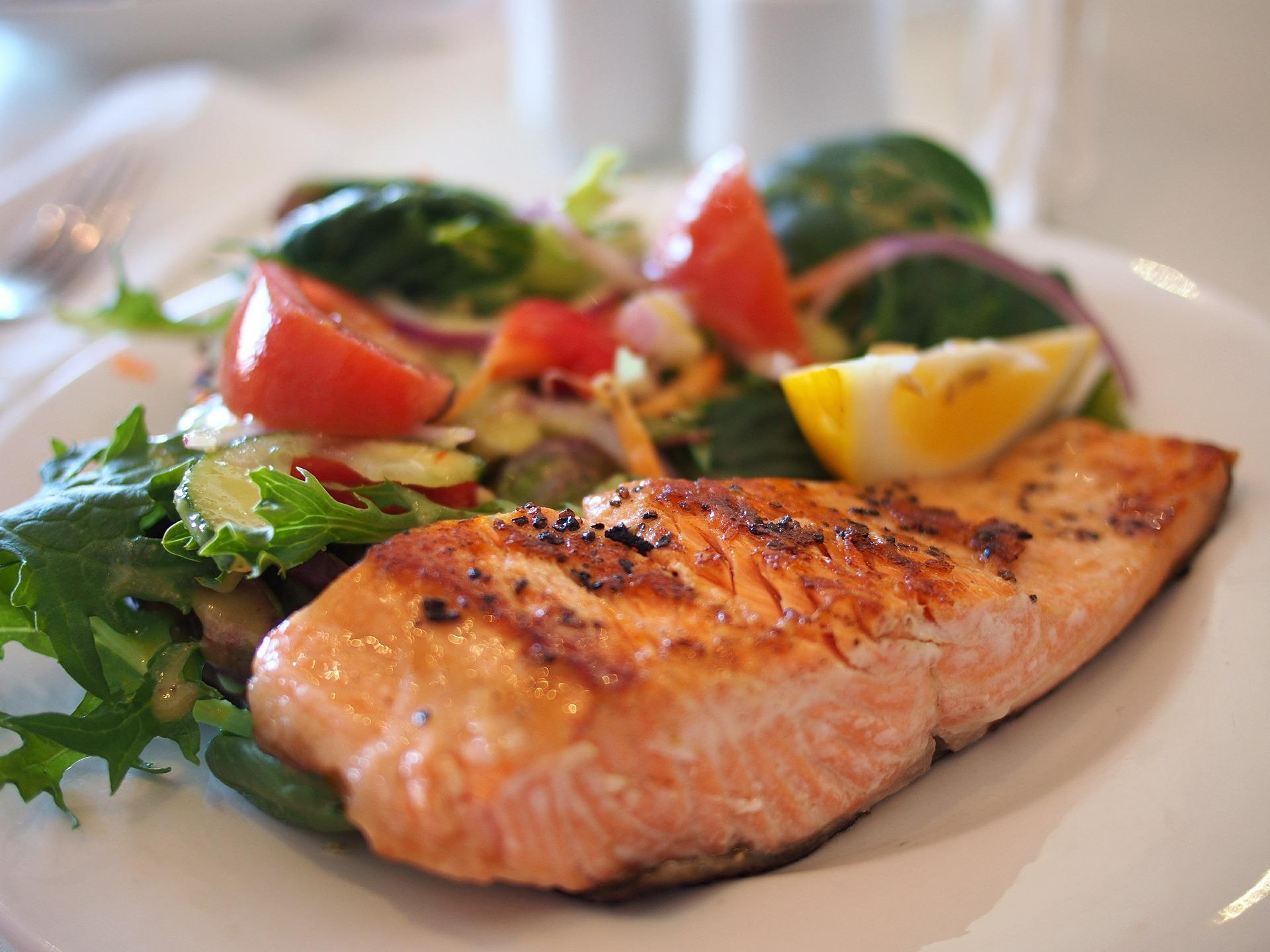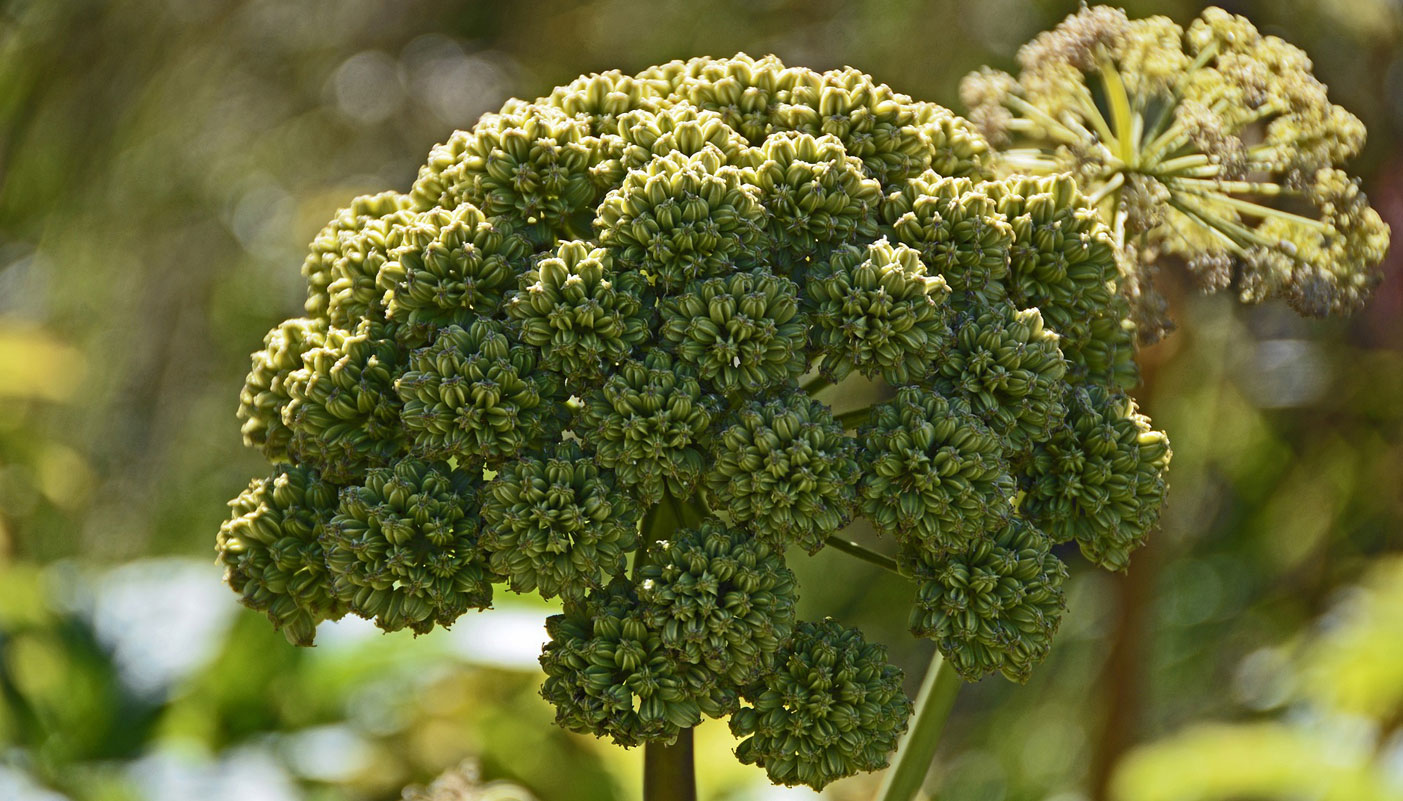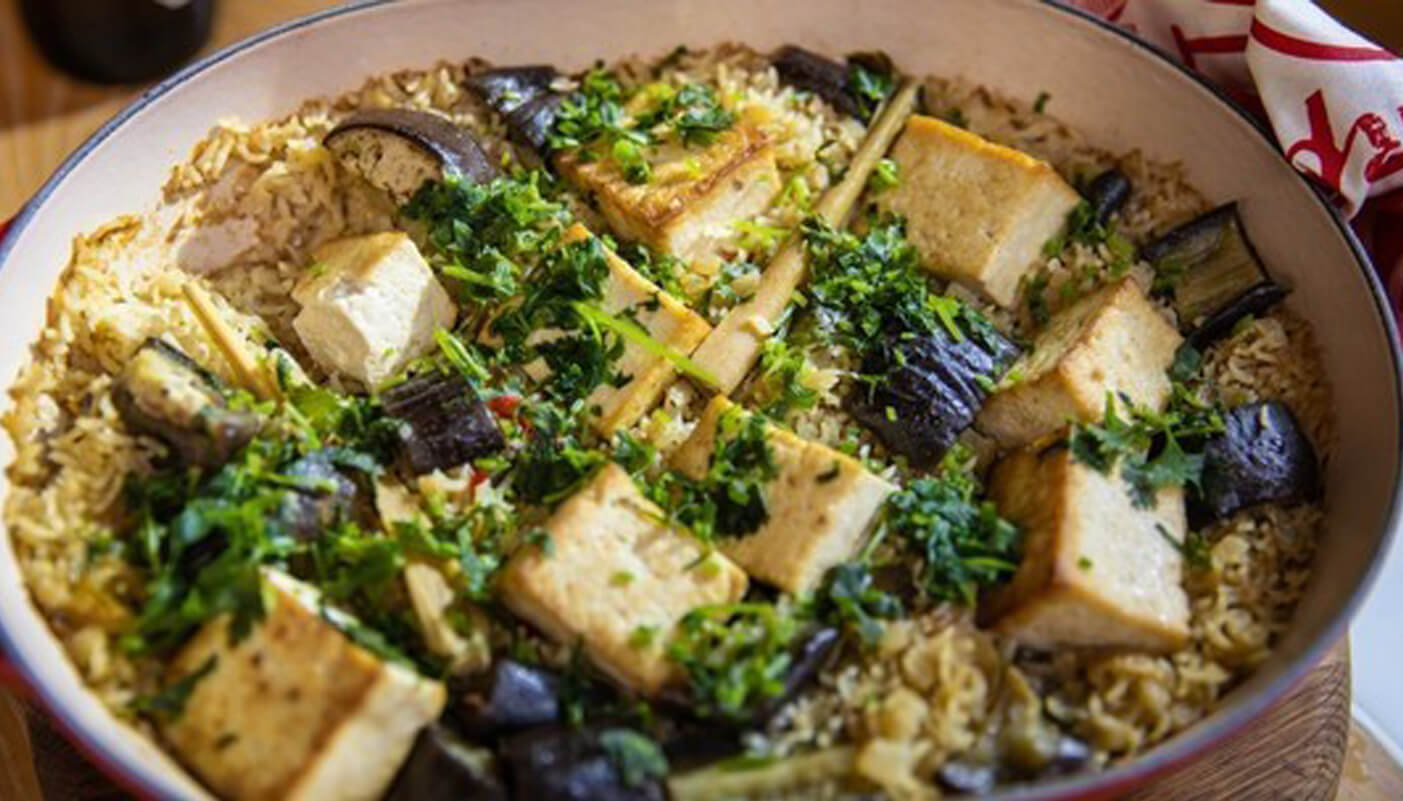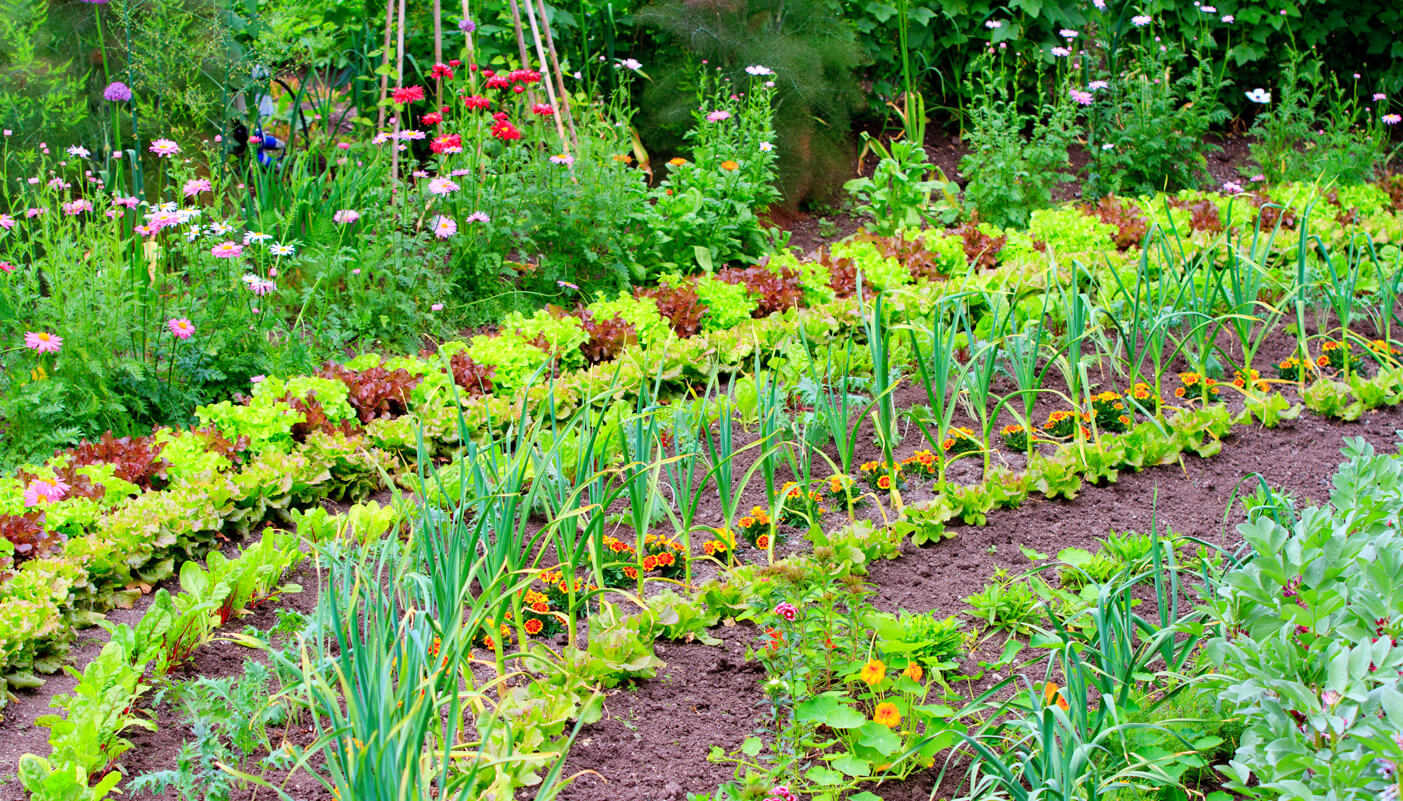When it comes to fish and seafood, the variety of flavours on offer is far and wide. From the sweet and delicate to strong and earthy. Fish is rarely boring, especially when paired with the right herbs to complement and enhance the flavour of the fish.
Our guide looks at the very best herb pairings for fish, used either individually or in combination to create fish dishes that wow.
Parsley
An old favourite for pairing with fish, and for good reason. Parsley is a fresh, juicy herb that reinforces the delicate flavour of fish and seafood. It can be used in sauces, butters or as a garnish. Parsley does really well when grown indoors so is perfect for year-round use.
Basil
Basil and fish are a dream pairing. Try experimenting with different varieties of basil which all differ slightly in flavour. Basil has a strong aromatic smell and yet a fairly delicate flavour. It’s best with a light fish but also works well with a stronger fish such as trout.
Bay Leaves
Bay leaves have a really distinct smell and flavour that makes a fantastic pairing for fish. Bay leaves can be used in sauces or marinades to make an excellent companion for delicate fish such as cod. Bay leaves are a great addition to chowder or fish soup.
Chives
Chives are an exceptional pairing for fish and really versatile. They can be used to make sauces, marinades, butters or simply sprinkled onto the fish during cooking. As well as adding a hint of sharp flavour, they add a beautiful green colour to your seafood dish.
Dill
Dill is another age-old favourite to pair with fish. Dill is delicate, aromatic and versatile making it perfect for partnering with white fish or something such as salmon. Dill works especially well in creamy sauces.
Mint
Even a small amount of mint will cut through strong flavours and add a delicious tang to your fish dish. It’s important to be mindful of how much mint you use as it can quickly overpower the fish. Mint is perfect with new potatoes which also make an excellent pairing for fish.
Tarragon
Tarragon is most commonly used in French cuisines. It adds a light, delicate flavour to fish dishes, especially when used in sauces. It also works well in butters and marinades and is fabulous with lobster.
Thyme
Thyme is a classic fish pairing. It does get stronger the more it is cooked and can start to overpower the fish so it’s important to be careful with how much you use as well as how you use it, light cooking is best for Thyme.
Rosemary
Rosemary is one of the more aromatic herbs and is perfect for pairing with fish. It’s another really versatile herb that can be used fresh or dried. Fresh rosemary has a slightly more citrus taste. It works well in a number of seafood dishes.
Sage
Sage isn’t a herb that instantly springs to mind when thinking of fish pairings. Its light, aromatic, earthy flavour is excellent with seafood. Sage increases in intensity when it’s cooked or frozen, so you’ll need to bear that in mind when considering how much to use.
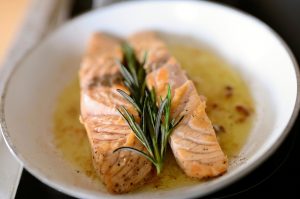
How To Use Herbs When Cooking Fish
Once you’ve decided which herbs you’ll use in your fish dish, you’ll need to look at how they can be used to really make the most of them. The method of cooking will of course be dictated mostly by the fish you’re using and any recipes you’re following. Some herbs, such as sage and thyme, require light cooking to prevent them from overpowering the fish. Often certain herbs work best in sauces or marinades while others will work best in a herb crust. Don’t be afraid to experiment with different cooking methods.
Grilling
Grilled fish is one of the healthiest and most delicious foods you can cook. Unfortunately, fish is notoriously difficult to grill. The first step when grilling anything, especially fish, is to preheat your grill on high. Having the grill preheated will lessen the amount of time your fish is on the grill which will prevent it from drying out and will help to stop the fish from sticking.
Before grilling your fish, allow it to sit at room temperature for around 10 minutes before oiling and seasoning it. If you’re searing both sides of the fish, flesh and skin, you’ll need to lightly oil both sides. Don’t move the fish during cooking as this can cause it to break. Once cooked, you should be able to slide your spatula between the skin and the flesh or lift the entire fish from the grill.
Oven Baked Fish
A great way to cook herbs with fish is to oven bake them together in a parcel. By creating a type of cooking bag, it allows the fish to gently take on the flavours of the herbs. It’s a quick and easy way to create a delicious meal. We found this tasty recipe on BBC Good Food but there’s also a useful tutorial by James Martin on Quadrillebooks’ Youtube channel
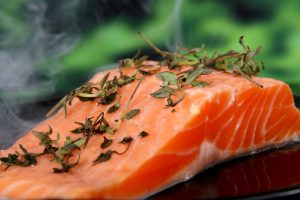
Bake-in-a-bag Fish
Ingredients
2 tbsp olive oil
¼ fennel bulb, finely sliced
½ onion, finely sliced
salt and freshly ground black pepper
1 medium tomato, sliced
2 fish fillets, about 175g/6oz each, such as cod, sea bass or trout
olive oil, drizzle
squeeze lemon juice
1 tbsp chopped dill (optional)
1 tsp capers (optional)
2-3 tbsp white wine (optional)
Method
- Preheat the oven to 200C/180C Fan/Gas 6. Cut out two squares of baking paper about 40cm/16in square, and two squares of tin foil of the same size. Lay a square of baking paper on top of each piece of foil.
- Heat the oil in a frying pan and fry the fennel and onion with some salt and pepper for 2-3 minutes, until softened. Divide the fennel and onions between the two squares of baking paper, and layer on the sliced tomatoes then put a fish fillet on top of each heap. Drizzle over some olive oil, a squeeze of lemon juice, and season with salt and freshly ground black pepper. Sprinkle over the chopped dill and a few capers, if using.
- Fold the foil and paper over the fish and double fold each edge to make a sealed parcel, leaving a gap at the top to pour in a few tablespoons of white wine (if using). Pour in the wine, then fully seal the parcel, but not too tightly, as it needs to expand in the oven as it cooks.
- Place the parcels on a baking tray and bake for 12-14 minutes, or until the fish is just opaque and cooked through. Serve the parcels on each plate so they can be opened at the table.






